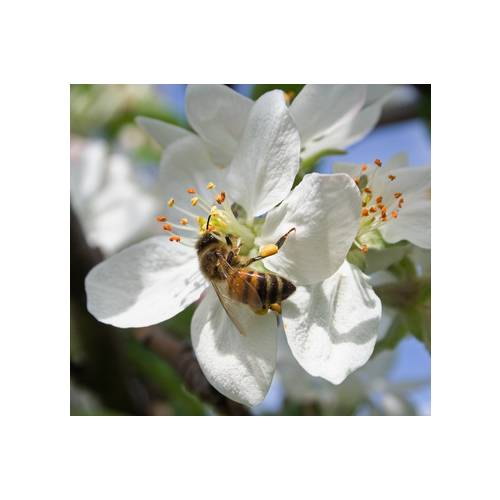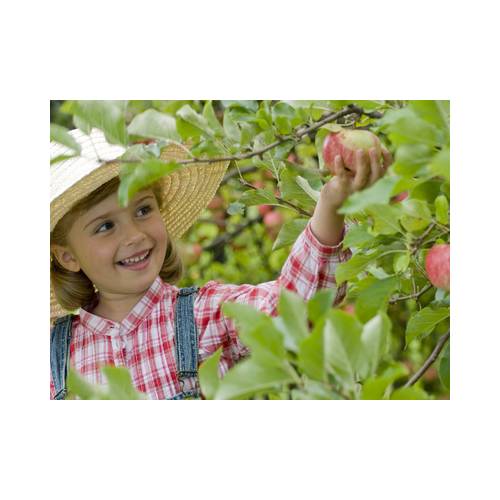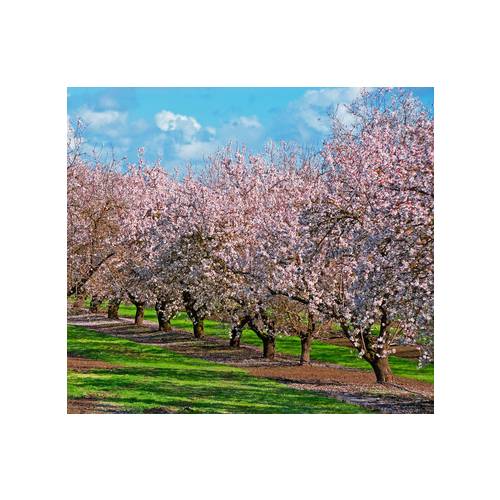
Understand how plants function
Flowering and Fruit
- Details
-
In plants sexuality is a bit complicated. But to eat cherries itís no secret, one must take an interest!
Flowers and pollen
Generally, in a flower there is a female part (the pistil) and a male part (stamens). Sometimes the sexual organs are separated on different flowers borne by a single plant or on separate male plants and female plants, as in the kiwi or holly. In this case, only female flowers and female plants (if the organs are separated by plant) will produce fruit. In this case pollen is essential to the transformation of the flower into fruit.
The fertilisation of the flower (also called pollination) is carried out by pollen-gatherers (honey bees, bumble bees etc.) or by the wind, as with hazelnut-trees and plants in the grass family. In order for the female part of the flower to transform into fruit, pollen must be able to fertilise it. And this is where nature decided to complicate things a bit.
No Universal Compatibility
For the majority of plants the pollen which comes from another flower in the same plant is enough to ensure the presence of fruit. We therefore call the plant self-fertile. Sometimes, even the pollen from the flower itself fertilises the female part of the plant. In this case there pollinators are not even needed, as with certain tomatoes. We call this self-pollination
But for many other plants, particularly fruit trees (apple-trees, plum-trees, and especially cherry-trees), the pollen produced by a tree cannot fertilise its female flowers. There is self-incompatibility and the tree is called self-sterile. It must therefore call upon cross-fertilisation to produce fruit, in other words, it must receive pollen from another tree, or even another variety of tree. In this case, the presence of pollen-gatherers is absolutely essential to transport pollen from one tree to another!
Varied trees, ensured harvest
But the most immediate consequence for the gardener, since the sought-after goal is fruit production (to eat or for decorative purposes, like berries), is that itís essential to plant many varieties of the same plant. If you plant just a single cherry-tree, it is certain that you will not eat a single cherry, unless there are other cherry-trees nearby (less than de 200 m away). Otherwise, the cherry-tree in question, especially if itís a bigarreau, will not find the necessary pollen for the fertilisation of its flowers and thus will not produce any fruit.
But even in the case of varieties which are called self-fertile, harvests will always be better if several varieties are planted side by side. Self-pollination never works 100% of the time and if the flowers receive various sources of pollen, the chances of their transforming into fruit will be much better.
Moral: do not plant a fruit tree alone, give it some company! - Photos (3)



